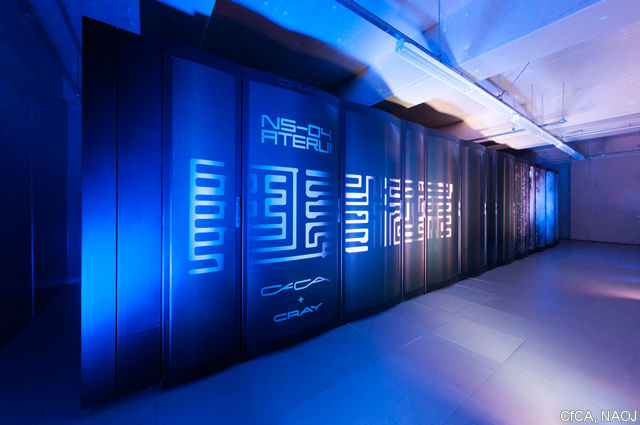B Meson Decays
B Meson Decays
B meson decays are promising probe of new physics beyond the Standard Model (SM), and hence provide primary observables of particle physics experiments, such as the SuperKEKB/Belle II experiment at High Energy Accelerator Research Organization. In this research, we calculate the form factors of the B → πℓν semileptonic decay from a numerical simulation of lattice QCD in ordet to determine the Cabibbo-Kobayashi-Maskawa matrix element |Vub|. The target accuracy of |Vud| is 5% or less. In addition to the vector form factor, which has been used in the conventional determination of |Vub|, we also calculate the scalar form factor describing the tauonic mode of the decay, and the tensor form factor appearing in new physics models. The statistical and systematic uncertainties of our simulation is controlled by employing a lattice QCD formulation preserving chiral symmetry and gauge ensembles generated by the project “Primary Issue 9 on Post-K Computer”.
We extend this research to the inclusive and rare decays of the B meson. The inclusive decays involve channels into excited hadrons, which are difficult to handle on the lattice, whereas the long-distance QCD effects due to charmonium states are not fully understood for the B→K(*)ℓν rare decay. We challenge a first-principles study of these decays by developing new methods for lattice QCD.
